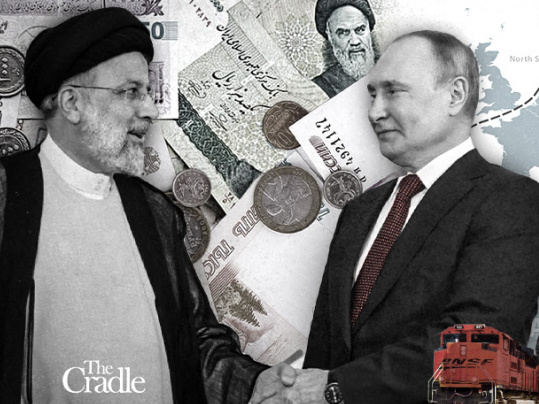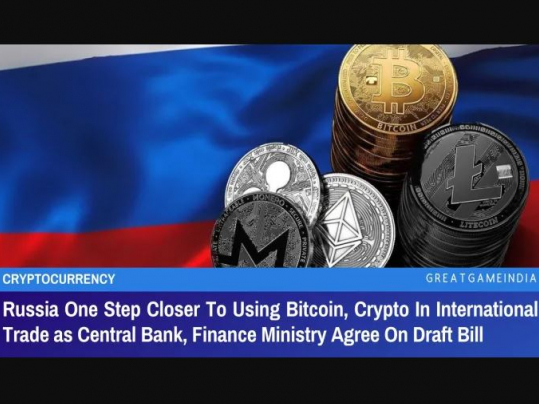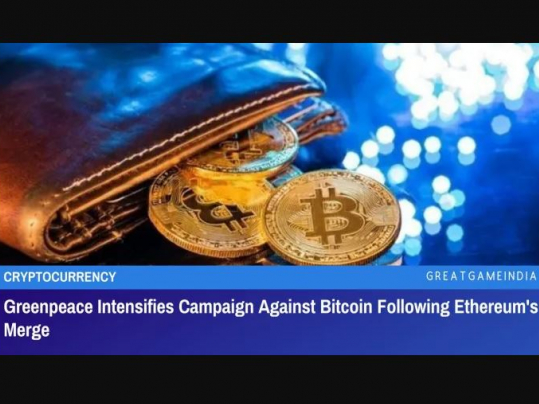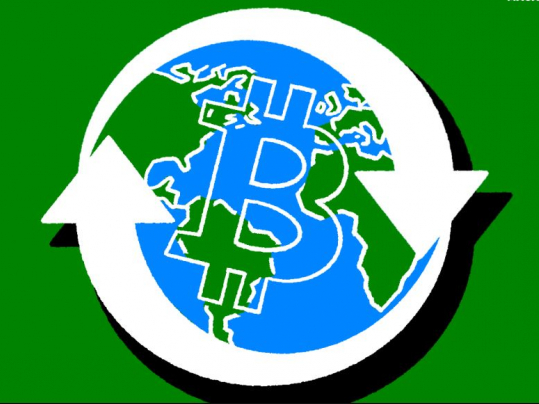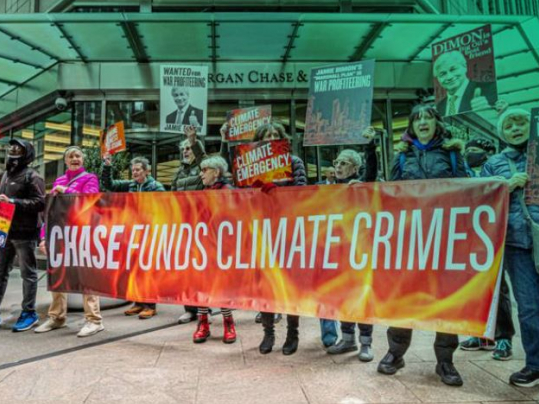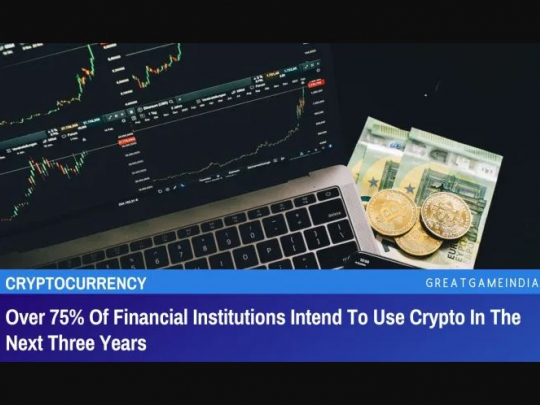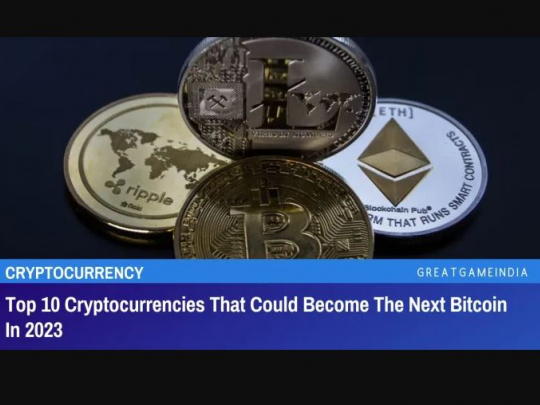What Is NFT? How Is It Different From Cryptocurrency?
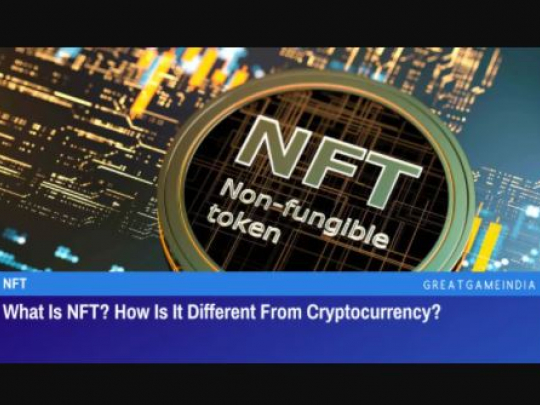
NFTs are gaining a lot of traction these days since they’re a great method to show off and market your digital artwork which has led to everyday technology questions like what is an NFT and how is it different from cryptocurrency?
Non fungible tokens (NFTs) have taken the globe by storm, due to their capacity to give value to anything from art to music to a simple selfie.
According to market data tracker DappRadar data analytics, NFT sales increased by $25 billion in 2021 as the crypto asset soared in prominence, fueled by the growing attention of celebrities and tech enthusiasts. However, other experts feel that NFTs are a speculative bubble that will burst.
What are NFTs?
An NFT can be anything that can be transformed into a digital format. Drawings, photographs, movies, GIFs, music, in-game objects, selfies, and even a tweet may all be converted into NFTs, which can then be exchanged online using cryptocurrencies.
NFTs, on the other hand, are distinguished from other digital forms by the fact that they are supported by Blockchain technology. For the layman, Blockchain is a decentralised ledger that records all transactions. It’s similar to a bank account, except that all of your transactions are transparent and visible to anybody, and they can’t be edited or updated after they’ve been recorded.
NFTs are gaining a lot of traction these days since they’re a great method to show off and market your digital artwork. Thousands of millions of dollars have been spent on NFTs since its introduction in 2015, and Terra Nulius was the first NFT on the Ethereum Blockchain, despite the fact that this project was just a concept that enabled users to customise a brief statement that was subsequently recorded on the blockchain. After that, in 2017, Curio Cards, CryptoPunks, and CryptoCats emerged, before NFTS gradually gained public exposure and eventually widespread use in early 2021.
How do NFTs work?
Because it grants consumers entire ownership of a digital asset, NFT is based on blockchain. For example, if you’re a sketch artist and convert your digital asset to an NFT, you’ll have Blockchain-powered proof of ownership.
To put it another way, when you advertise your NFT on a marketplace, you pay a gas cost (transaction fee) to use the Blockchain, after which your digital art is registered on the Blockchain, indicating that you (your address) own the specific NFT. This provides you complete control over your content, which no one, even the marketplace owner, may change or modify.
To get exclusive ownership rights, an NFT is constructed, or as crypto aficionados refer to it, “minted.” At any given moment, NFTs can only have one owner. NFT owners may also digitally sign their artwork and record particular information in the metadata of their NFTs, in addition to having exclusive ownership. Only the person who purchased the NFT will be able to see this.
How is an NFT different from cryptocurrency?
Cryptocurrencies and NFTs are significantly different from one another. While both are founded on Blockchain, the similarities end there.
Cryptocurrency is a form of money that is fungible, or interchangeable. For example, if you own one crypto token, such as Ethereum, the next Ethereum you own will be worth the same. However, NFTs are non-fungible, which implies that the value of one NFT is not the same as the value of another. Every piece of art is distinct from the others, making it non-fungible and one-of-a-kind.
Who can buy NFTs?
An NFT can be purchased by anybody with a cryptocurrency wallet. That is the sole stipulation for purchasing an NFT. To buy art, you don’t need any KYC documentation. All you need is a Metamask-powered cryptocurrency wallet and an NFT marketplace to buy and sell NFTs.
The following are some of the major NFT marketplaces:
OpenSea.io: Billed as the world’s largest NFT marketplace, OpenSea.io offers digital art, collectibles such as gaming goods, domain names, and even digital representations of tangible things. The site functions similarly to an eBay for NFTs, with millions of digital assets organised into hundreds of categories.
Rarible: Rarible, like OpenSea, is one of the largest NFT marketplaces, allowing artists and producers to create and sell NFTs.
Foundation: This is a one-of-a-kind NFT marketplace where artists must get “upvotes” from other creators in order to upload their work. Artists put NFTs up for sale with a reserve price, and after the first bid is placed, the auction begins with a 24-hour countdown. The auction is extended for another 15 minutes if a bid is submitted inside the last 15 minutes.
What are the risks associated with buying NFTs?
NFTs, like every other institution, have their own dark side. Several examples of NFT frauds have recently been documented, including the establishment of bogus markets, unverified vendors imitating actual artists and selling half-priced reproductions of their artworks.
CryptoBatz, the NFT collection of pop culture legend Ozzy Osbourne, went live recently. People worried about the artist’s possible phishing link depleting their cryptocurrency wallets. The phoney NFT project had attracted at least 1,330 visitors. On January 20, an Ethereum wallet address associated with the fraudsters received a series of inbound transactions totaling 14.6 ETH ($40,895).
Todd Kramer, a New York-based NFT collector, claimed that his collection of sixteen Bored Ape Yacht Club (BAYC) NFTs, valued at $2.28 million (about Rs 16.94 crore), had been “hacked.” Todd Kramer, the owner of the NFTs, stated that the NFT marketplace OpenSea had “frozen” the assets for him, which included one Clonex, seven Mutant Ape Yacht Club, and eight BAYC NFTs worth roughly 615 Ether.
Another issue linked with NFTs that cannot be overlooked is their undeniably severe environmental effect. Crypto mining is used to validate transactions, which necessitates the use of high-powered computers that run at a very high capacity, ultimately hurting the environment.
- Source : GreatGameIndia




